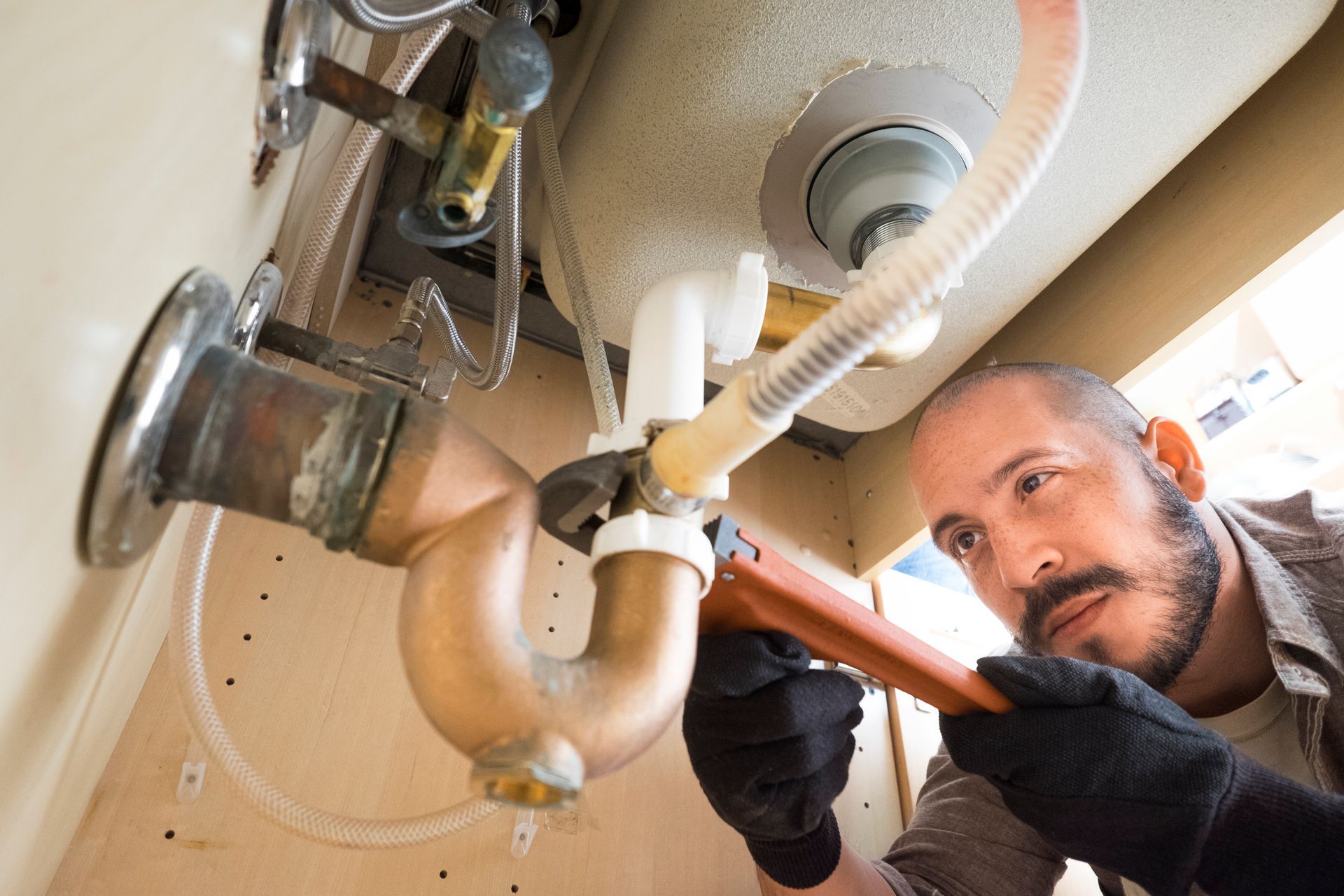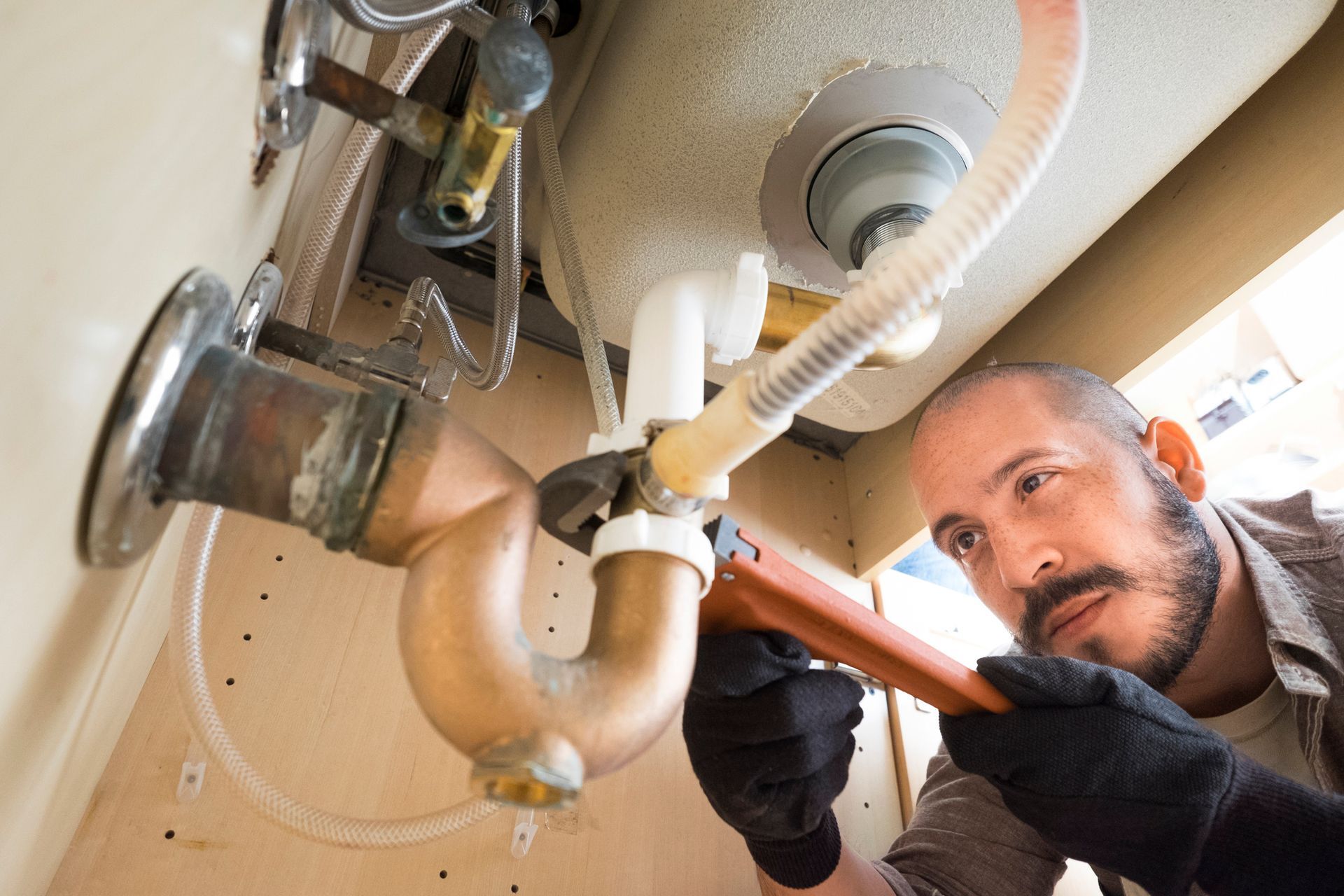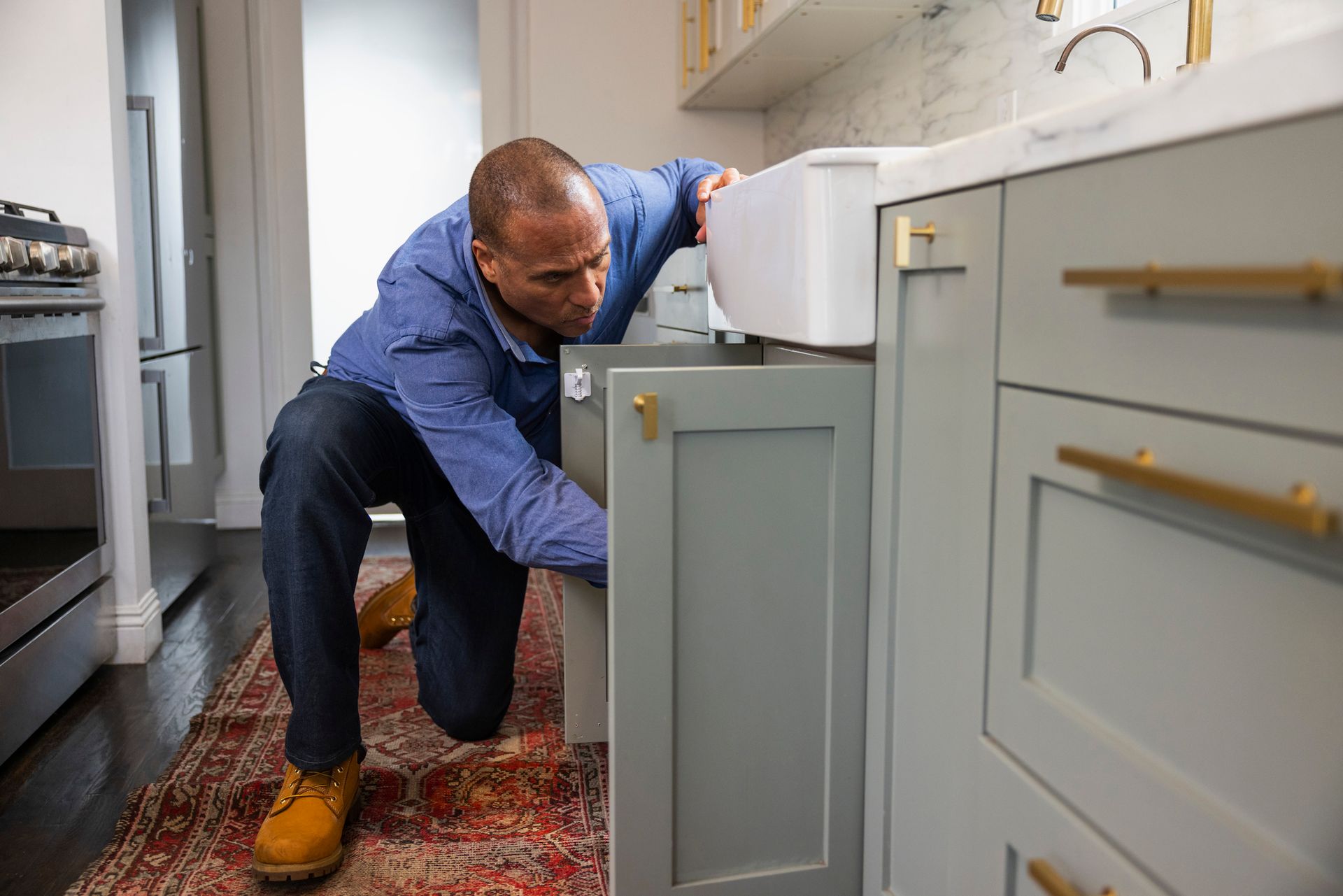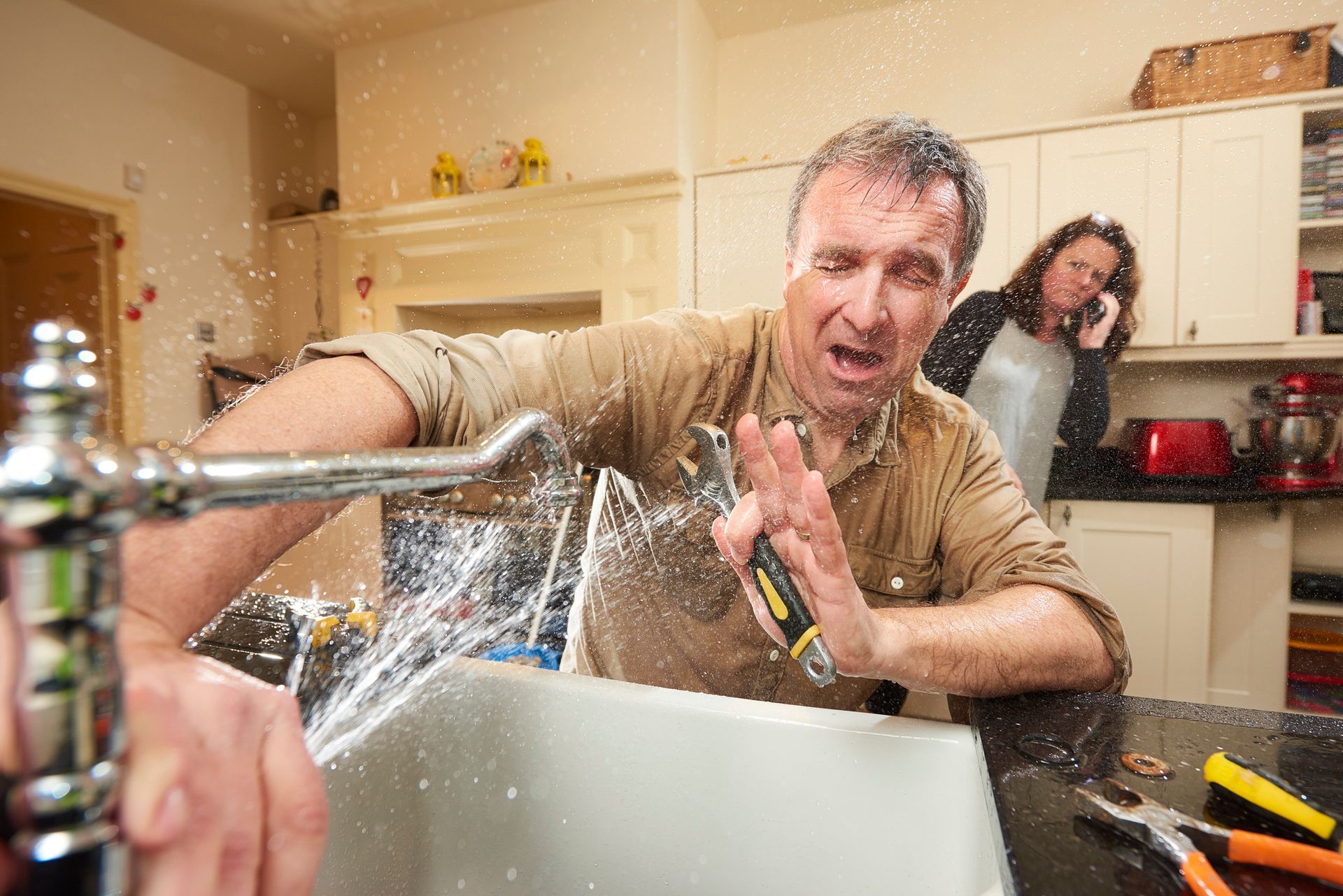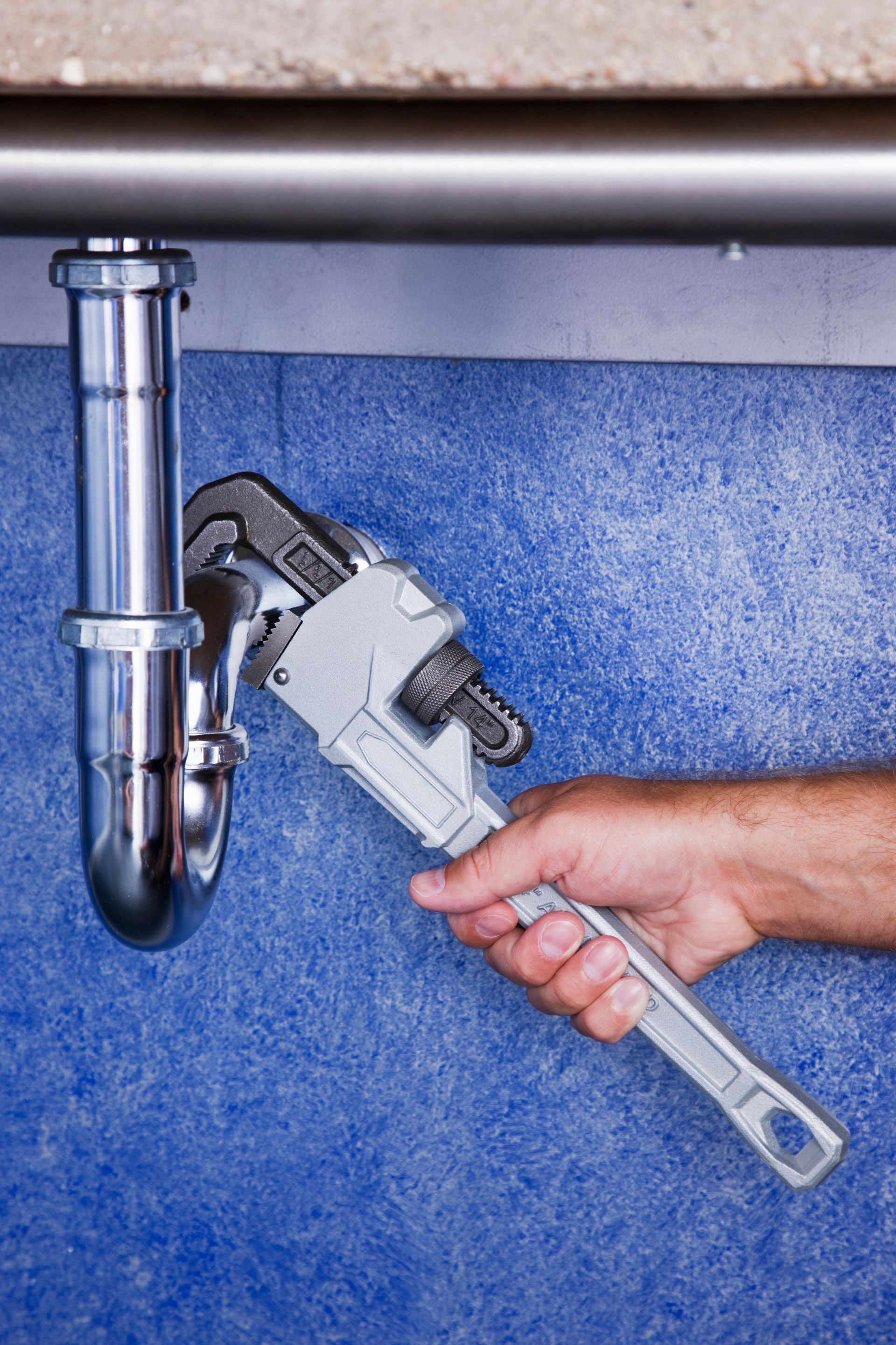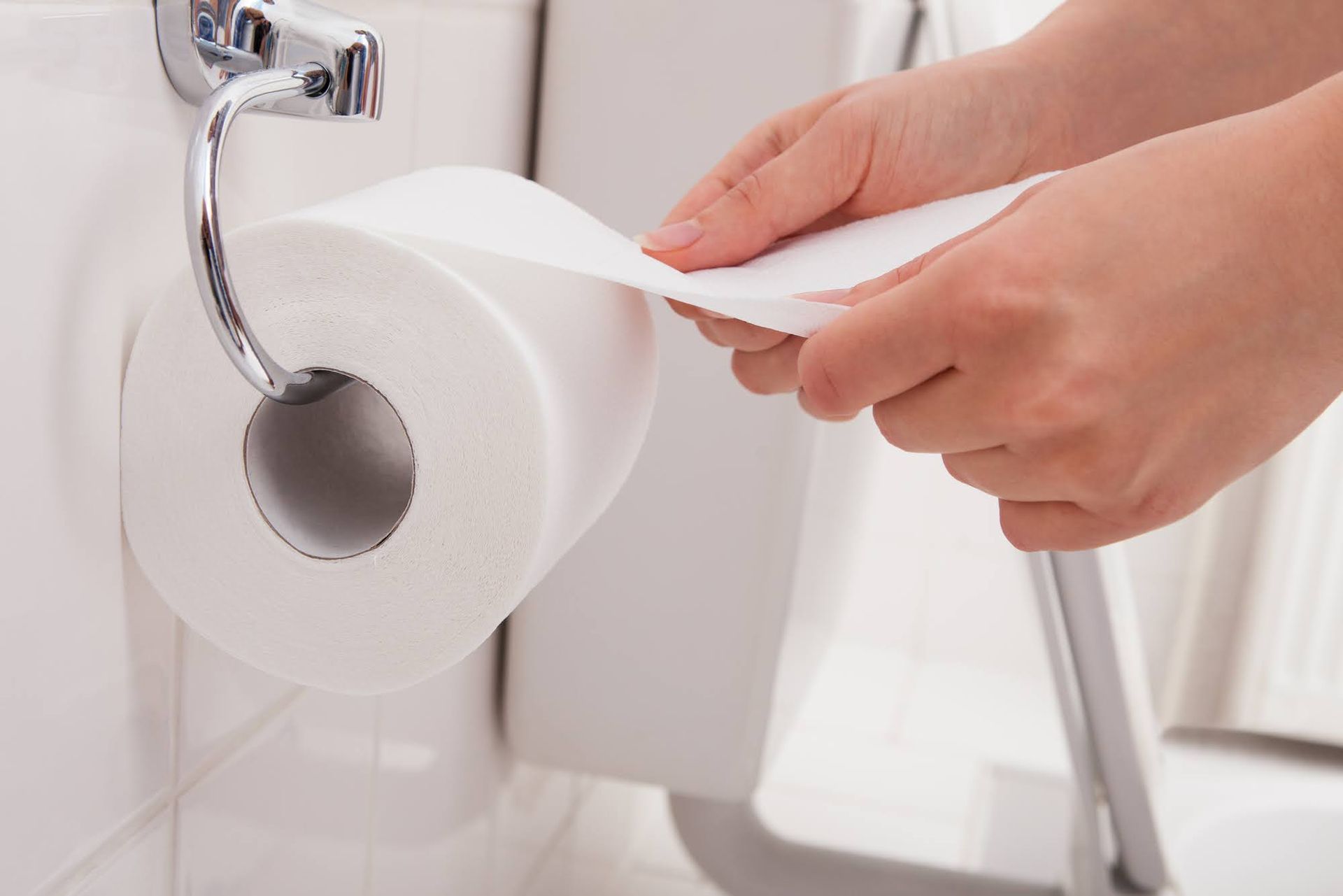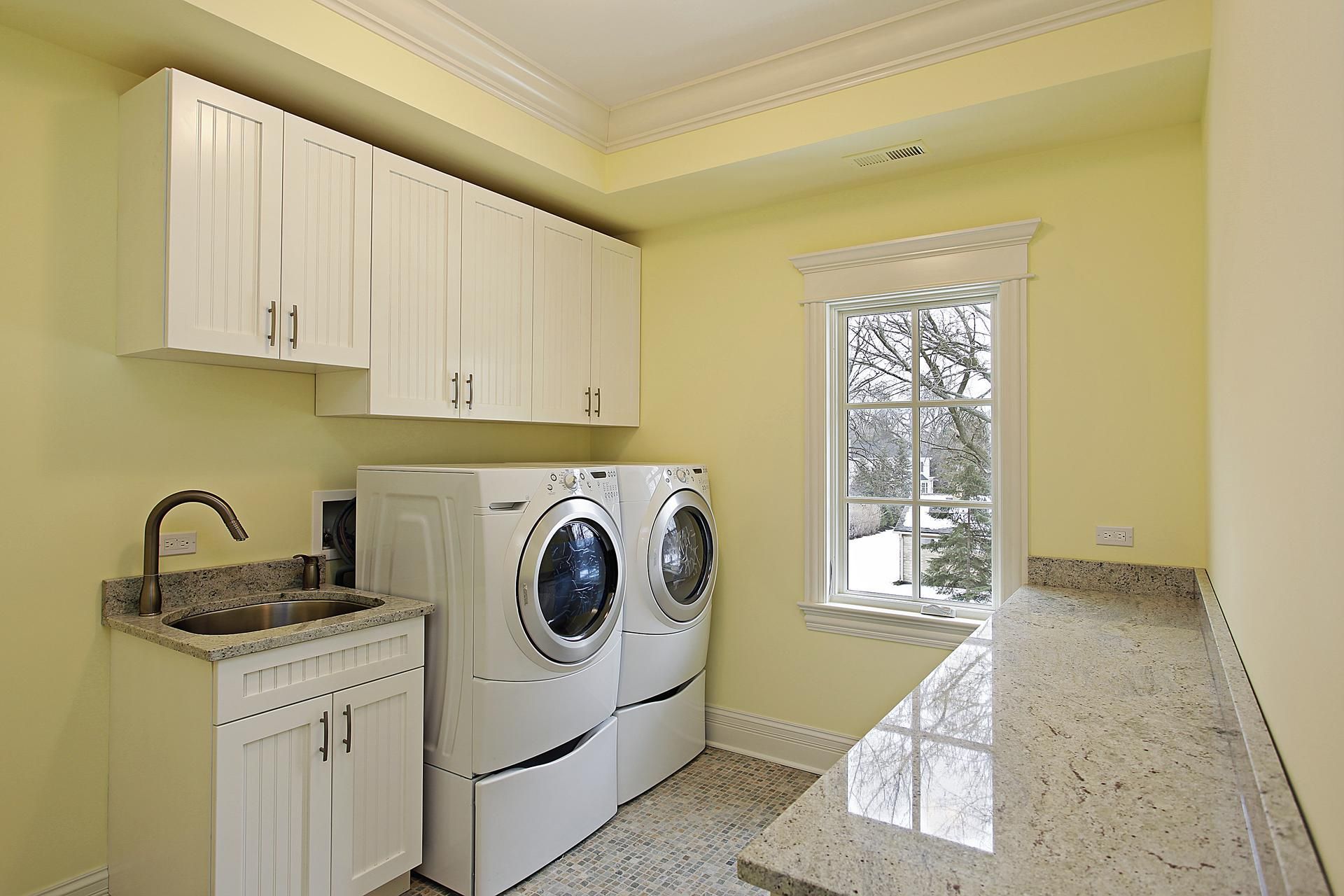Blog
8 Signs of a Gas Leak in Your Home

Natural gas can be safe and reliable in your home, provided you ensure proper installation. However, gas leaks happen occasionally and can cause severe symptoms in pets and people. In some instances, the leaks can lead to carbon monoxide poisoning. Thus, you should know how to detect a gas leak in your home.
Find out the signs of a gas leak in a house.
1. A Distinct Odor
One of the most common ways to identify a gas leak is through the smell. Natural gas doesn't have a distinguishable odor, which made leaks in the early days of plumbing hazardous. Fortunately, current gas manufacturers add methyl mercaptan to natural gas to increase detection.
Consequently, a gas leak may be in progress if you detect a bad smell in your house. The gas will smell like rotting cabbage or rotten eggs.
2. A Hissing Sound
Sometimes, the gas leak may happen in a tiny hole along the fitting or pipe. Since the gas moves at very high speeds, you may hear a hissing sound. This can be very dangerous because huge quantities of gas are leaking.
When you notice the hissing sound, get out of your house, and don't attempt to repair the leak yourself. Once you are in a safe place, contact the gas company to come and provide a solution.
3. Dead House Plants
Many plants can't survive in an environment with high quantities of gas. Therefore, you may notice that some plants start to wither and die even before the gas smell becomes apparent.
Withering house plants may be proof that gas in your house has a slow leak in small quantities. The first plants to fail are usually next to the gas leak.
Of course, plants can fail and die due to several causes. However, if plants start to wilt without any obvious reason, an undetectable gas leak could be in your home. The gas leak reduces the amount of air that is available to vegetables, fruits, and flowers. The plants will start to change their color.
4. Bubbles in Water
If the gas line passes through areas that have water puddles, bubbles will start to form. The bubbles are a result of gas that escapes through the water. Bubbles will appear even when the pipe is underground.
5. Sudden Gas Bill Hike
A gas leak may have happened if your gas usage remains constant, but the bill increases. Therefore, always scrutinize your gas bills for consistency.
6. Pilot Light Issues
Many appliances that burn gas come with a pilot light that can help to detect a gas leak. If the gas leaks, the pilot light will burn out more often.
You may also realize that the light's flame is yellow or orange instead of the usual blue. So, always examine the pilot light when you cook.
7. Physical Symptoms
Gas leaks can cause physical symptoms in people and animals. Symptoms include drowsiness, dizziness, vomiting, and nausea.
If you or your pet show these symptoms, a gas leak may be in your house. Usually, pets will experience the symptoms earlier than humans.
8. Visible Air Movement
Gas that escapes from underground pipes may lift dirt into the air. The gas will also blow leaves and flowers of plants near the leak. Hence, check for a gas leak if you see unusual air movements near the underground pipe.
Gas installations are essential features in any home that help you to cook and warm your house. However, problems with the gas system can cause gas leaks. Complete Plumbing will help you to identify the gas leak and fix the problem. Contact us today for more information.
Installation
Services
and Military Discount



